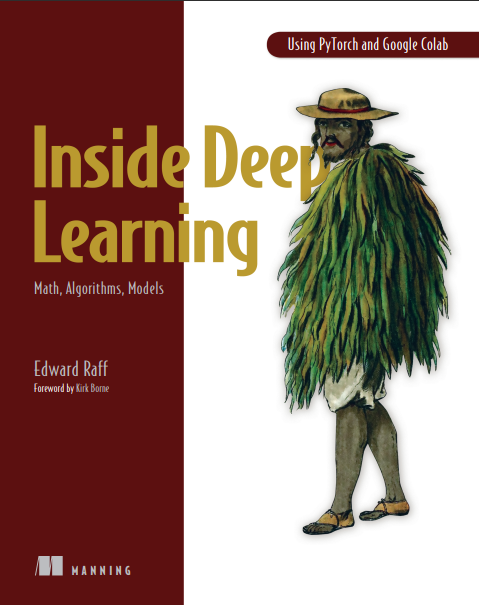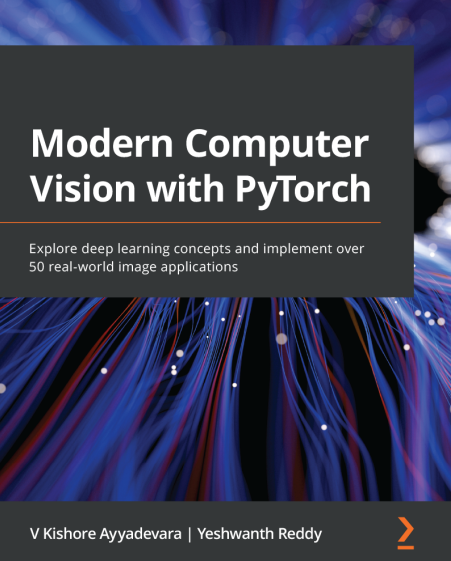#Introduction to PyTorch
#1. What Is PyTorch?
PyTorch is an open-source machine learning library Developed by Facebook's AI Research lab based on Python designed for building and training neural networks.
#2. What Are the Applications of PyTorch?
PyTorch can be applied in various fields, including:
- Computer Vision: For tasks such as image recognition, object detection, and image segmentation.
- Natural Language Processing (NLP): To create models for tasks like text classification, language translation, and sentiment analysis.
- Reinforcement Learning: To develop algorithms that improve through interaction with an environment.
- Generative Models: For creating models like GANs and VAEs that generate new data samples.
- Scientific Research: For performing complex numerical simulations and computations.
#3. Why Choose PyTorch?
PyTorch is chosen for its:
- Dynamic Computation Graphs: Allowing for greater flexibility and ease of debugging.
- User-Friendly Design: Featuring an intuitive, Pythonic API that simplifies model development.
- Robust Community: Supported by a large, active user base with ample resources and tutorials.
- Efficient Performance: Optimized for performance with GPU support, accelerating training and inference processes.
#4. Who Uses PyTorch?
PyTorch is widely adopted across various sectors, including:
Facebook (Meta): As the creator of PyTorch, Facebook extensively uses it for research and development in AI and machine learning.
Tesla: Tesla employs PyTorch to advance its autonomous driving technologies and other AI-driven features in their vehicles. Notably, Andrej Karpathy, Tesla's Head of AI, has highlighted in various talks, such as PyTorch DevCon 2019, how PyTorch is instrumental in improving their self-driving computer vision systems.
OpenAI: OpenAI employs PyTorch in their research and development of advanced AI models and technologies, including the GPT series.
Microsoft: Microsoft uses PyTorch in several products and services, including Azure’s AI capabilities and research projects.
NVIDIA: NVIDIA employs PyTorch for developing and optimizing deep learning models and integrating with their GPUs for enhanced performance.
....
#5. Advantages of Using PyTorch
PyTorch offers several benefits for developers, including:
- Ease of Learning and Coding: Its structure is based on Python, making it simple and intuitive to use.
- Debugging: Integration with popular Python debugging tools facilitates easy troubleshooting.
- Scalability: Well-supported on major cloud platforms and capable of scaling with your needs.
- Community and Open Source: Although the community is smaller, it is dedicated and focuses on open-source development.
- ONNX Compatibility: Allows for exporting models to the Open Neural Network Exchange (ONNX) standard format.
- User-Friendly Interface: Offers a straightforward and accessible user interface.
- C++ Interface: Provides an option for a C++ front-end interface.
- Powerful APIs: Includes a rich set of APIs that extend the functionality of the PyTorch library.
#6. PyTorch vs. TensorFlow
PyTorch is frequently compared to TensorFlow, a deep learning framework developed by Google. TensorFlow, being older, has a larger developer community and more extensive documentation.
Advantages of PyTorch over TensorFlow:
- Dynamic Computation Graphs: PyTorch uses dynamic graphs, which can be modified in real-time, in contrast to TensorFlow's static graphs.
- Learning Curve: PyTorch's Python-based design offers a more intuitive learning experience compared to TensorFlow's steeper learning curve.
While TensorFlow may be preferable for projects that require robust production models and scalability, PyTorch's ease of use makes it a strong choice for rapid prototyping and research.
#7. PyTorch Tutorials and Further Reading
To continue your journey beyond this guide, we highly recommend exploring the official PyTorch tutorial collection and other key resources. These are excellent for hands-on learning:
- PyTorch Official Documentation
- Official PyTorch Tutorials: A comprehensive resource for every level.
- PyTorch GitHub Repository
- Deep Learning with PyTorch: A 60 Minute Blitz: A fantastic starting PyTorch tutorial for beginners.
- PyTorch Discussion Forums
#8. Suggested Reading: The Best PyTorch Books
If you prefer learning from a structured text, a good PyTorch book can be an invaluable asset. Here are a couple of the best PyTorch book recommendations for mastering deep learning with PyTorch, from fundamentals to advanced applications.

- By: Edward Raff

- By: V Kishore Ayyadevara ,Yeshwanth Reddy
